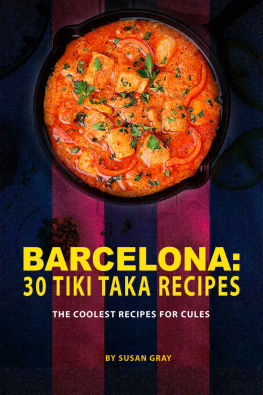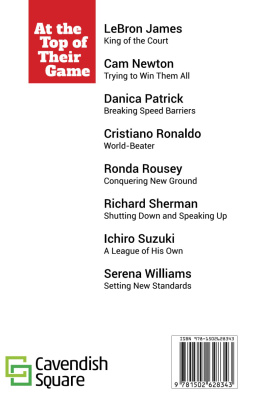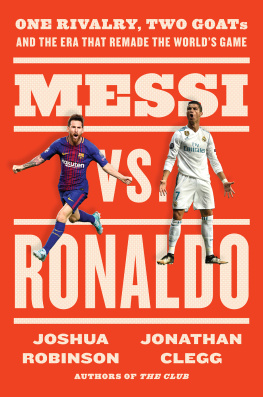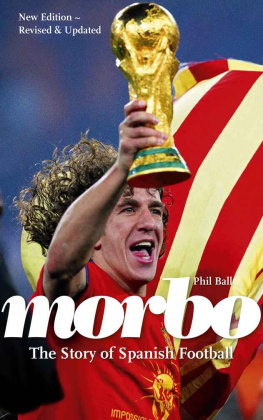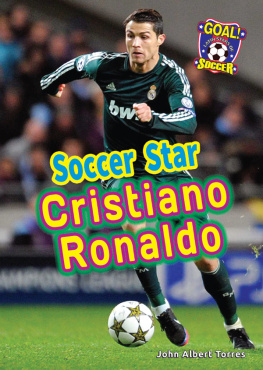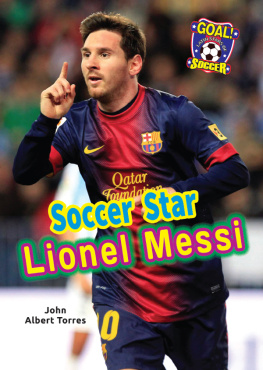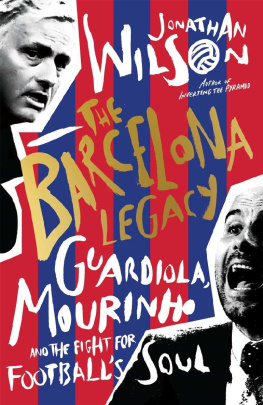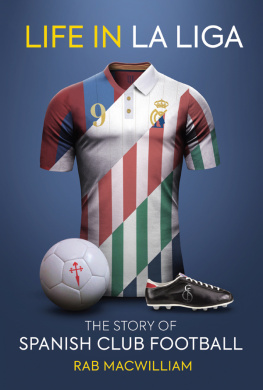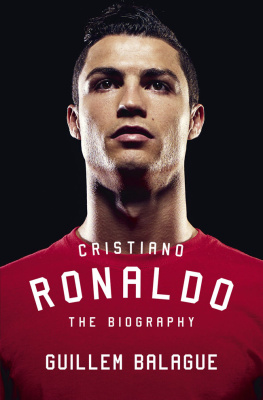FEAR AND
LOATHING
IN LA LIGA
ALSO BY SID LOWE
Catholicism, War and the Foundation of Francoism:
The Juventud de Accin Popular in Spain, 19311939

Copyright 2014 by Sid Lowe.
First published by Yellow Jersey Press, London, England, 2013
Published in 2014 by Nation Books,
A Member of the Perseus Books Group
116 East 16th Street, 8th Floor
New York, NY 10003
Nation Books is a co-publishing venture of the Nation Institute and the Perseus Books Group.
All rights reserved. No part of this book may be reproduced in any manner whatsoever without written permission except in the case of brief quotations embodied in critical articles and reviews. For information, address the Perseus Books Group, 250 West 57th Street, 15th Floor, New York, NY 10107.
Books published by Nation Books are available at special discounts for bulk purchases in the United States by corporations, institutions, and other organizations. For more information, please contact the Special Markets Department at the Perseus Books Group, 2300 Chestnut Street, Suite 200, Philadelphia, PA 19103, or call (800) 255-1514, or e-mail .
Designed by Pauline Brown
Library of Congress Cataloging-in-Publication Data is available from the Library of Congress.
ISBN (epub) 978-1-56858-451-5
A book!
For Claire and for Charlie
Espaolito que vienes
al mundo te guarde Dios
Una de las dos Espaas
Ha de helarte el corazn.
Little Spaniard coming into the world
May God protect you
One of the two Spains
Will freeze your heart.
Antonio Machado

Madrid or Barcelona? Oviedo
Michu
CONTENTS
Insert between pages
HUNDREDS OF PIECES OF PAPER and thousands of words strewn about. My office floor has become a cutting-room floor. This book has evolved and changed since I began writing it. It has also dramatically shortened from first draft to last. It is primarily based on archive material, some of which casts significant new light on the rivalry, and a large series of interviews conducted over the past couple of years with players, coaches, directors, and presidents from Real Madrid and FC Barcelona. In the process, it has become a kind of oral history and Id like to thank those who have generously given their time to tell their stories, relive experiences, and/or respond to questions and clarify doubts, including Alfredo Di Stfano, Amancio Amaro, Andoni Zubizarreta, Andrs Iniesta, ngel Cappa, ngel Mur, Antoni Ramallets, Carlos Villarrub, Charly Rexach, Dani Garca Lara, Darcy Canrio Silveira dos Santos, Emilio Butragueo, Evaristo de Macedo, Fernando Argila, Fernando Hierro, Fernando Sanz, Gerard Piqu, Henrik Larsson, Hristo Stoichkov, Ignacio Zoco, Ivn Campo, Joan Gaspart, Joan Laporta, Johan Cruyff, Jordi Cruyff, Jorge Valdano, Jos Antonio Camacho, Jos Emilio Amavisca, Jos Luis San Martn, Jos Pirri Martnez, Josep Fust, Josep Mara Minguella, Josep Seguer, Juan Manuel Asensi, Juan Santisteban, Louis Van Gaal, Luis Figo, Luis Milla, Luis Surez, Marcos Alonso, Michael Laudrup, Mchel, Mchel Salgado, Miguel-ngel Portugal, Pedja Mijatovic, Pichi Alonso, Radi Anti, Rafa Garca Corts, Ramn Caldern, Santi Solari, Silvio Elas, Steve Archibald, Steve McManaman, Txiki Beguiristain, Vicente del Bosque, Vctor Muoz, Xavi Hernndez, and Zinedine Zidane.
Sadly, Antoni Ramallets and Josep Seguer passed away soon after this book was first published.
Thanks are also due to the protagonists who spoke to me for this book but preferred not to be named and the many others who have enriched the story. Other interviews conducted over the years with players like Oleguer Presas, Ral, Paco Pavn, Paco Gento, and David Beckham have also been drawn upon. As well as material from state archives, private papers, and the clubs, Ive naturally leaned on the expertise and the work of reporters, writers, broadcasters, and historians and drawn on the accounts of protagonists. Part of me wanted to include footnotes throughout. That was impractical but a select bibliography has been included. My debt to those authors is evident.
This book does not claim to be the definitive history of the two clubsthe definitive history of just one of them would require countless volumes and, despite substantial editing, this is a long book already. Some of the chapters I most enjoyed writing have been cut because they werent truly central to the narrative, while others have been shortened significantly. Diego Maradona, for example, may be the best player of all time, but in this story he appears only fleetingly, while Laurie Cunninghams spell at Madrid and Quinis kidnap also failed to make the cut and the precivil war origins have been substantially reduced and restructured. Instead, this book is about the episodes that have shaped the rivalry and made Real Madrid and FC Barcelona what they are and about the human stories behind them. This is their story.
Sid Lowe,
Cantabria, June 2013
Neymar arrived a minute late to his first clsico. The chants for Independence that went round the Camp Nou had just died down when he scored against Real Madrid in October 2013. Alexis Snchez scored the second before Jes Rodrguez got a late goal as Barcelona won 21 in the opening Bara-Madrid of what felt like a new era. With Jose Mourinho gone and Tito Vilanova forced to step down on medical advice, a new season began with both teams under new management for the first time in a decade. A new chapter had begun but it has not yet ended. Nor, then, has it been written here but the text has been revised and some updates and corrections have been made since this book was first published in the UK.
At the half way stage of the 20132014 season, as this book went to press, a third force had emerged: Barcelona were top of the table, on course for another points record, but it was the Copa del Rey champions Atltico Madrid who were level with them while Real Madrid stood three points below. Atlticos own manager Diego Simeone was amongst those taken by surprise: it is, he had announced, impossible for anyone other than the big two to win the league. As 2014 began, increasingly people wondered if he was wrong. For once, it might not be all about Real Madrid and Barcelona, except that, somehow, it is always about Real Madrid and Barcelona.
Sid Lowe,
Spain, January 2014
MONEY APPEARS IN ITS ORIGINAL CURRENCY, usually pesetas or euros. Although in a handful of cases some sterling or dollar alternatives have been included for clarity, that has not been done as a matter of course. Fluctuating exchange rates, changes to standards of living, and inflation volatility make any accurate modern-day sterling equivalent difficult to calculate and occasionally meaningless. However, as a rough guide, between 1948 and 1999 the Spanish currency ranged between 40 and 170 pesetas to the dollar with a mean exchange rate for the period of 81.96 pesetas to the dollar. In 1999 the euro was introduced to Spain at an exchange rate of .86 euros to the dollar.
Next page

